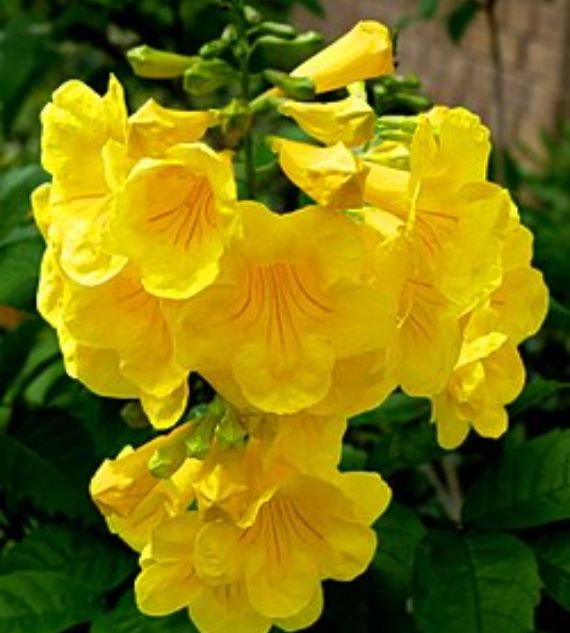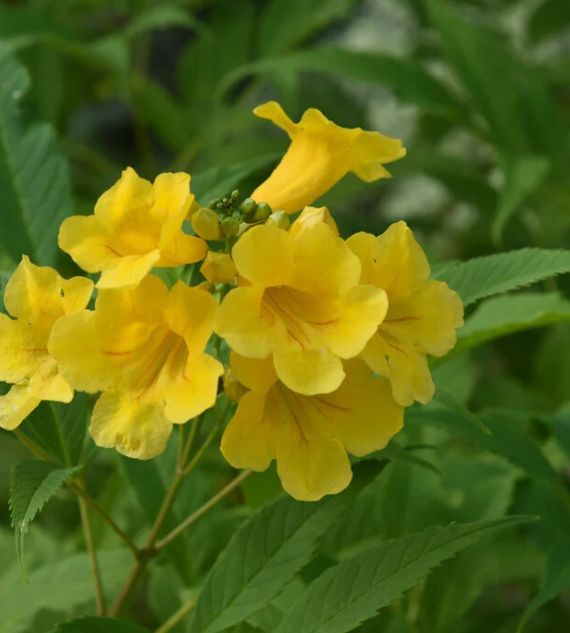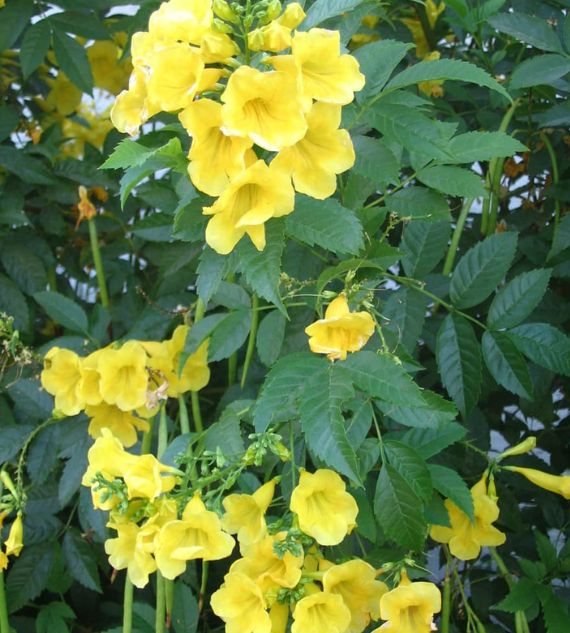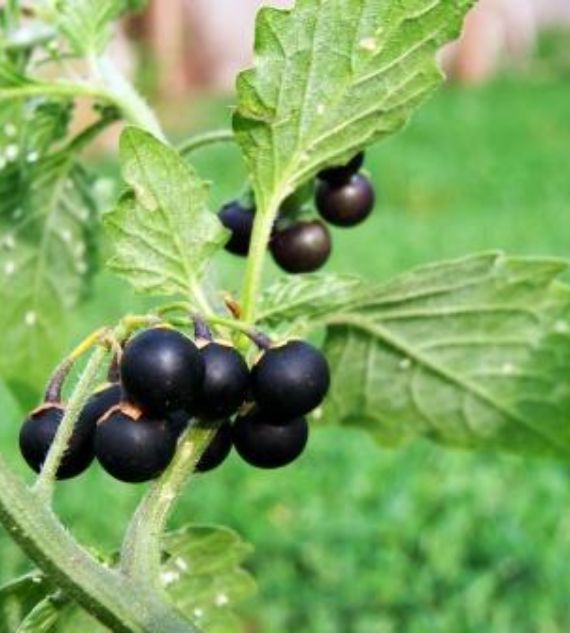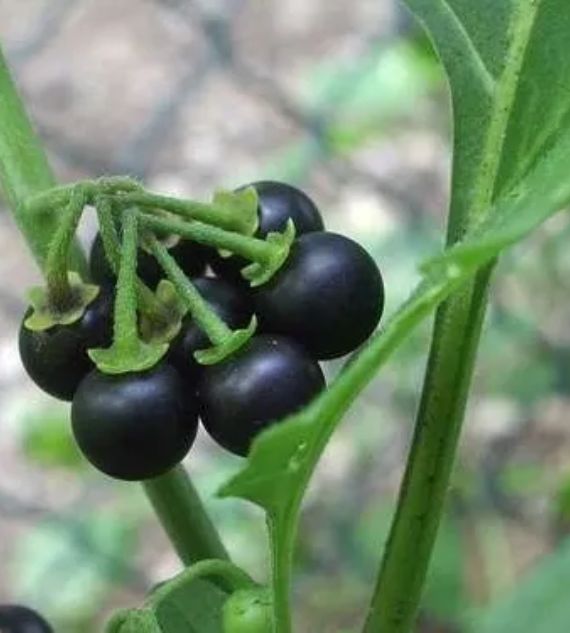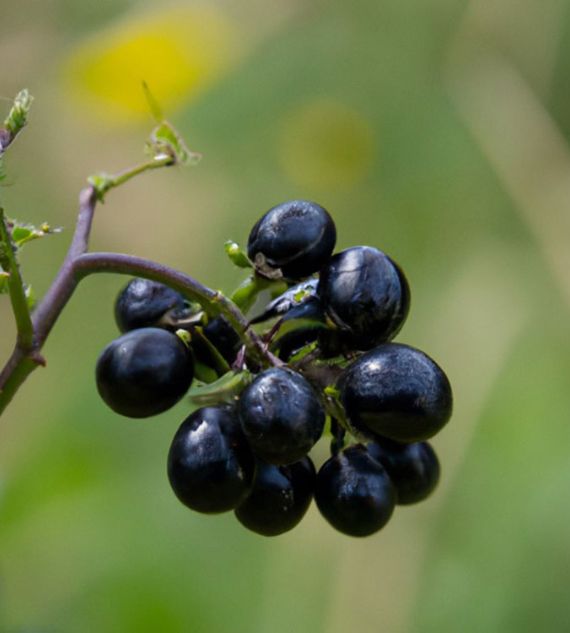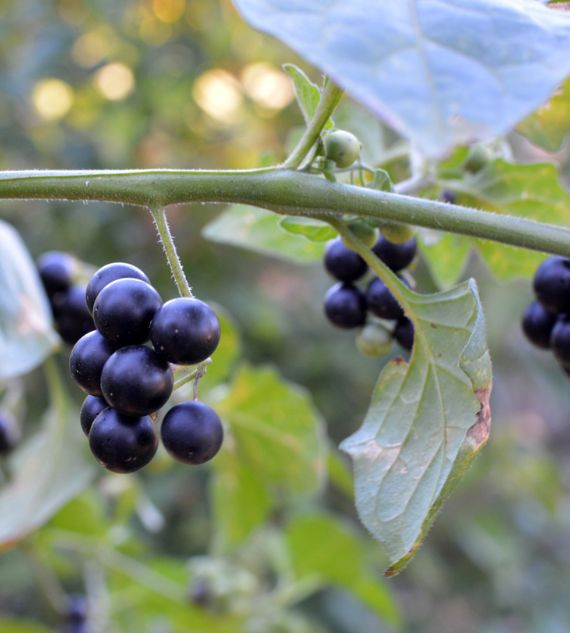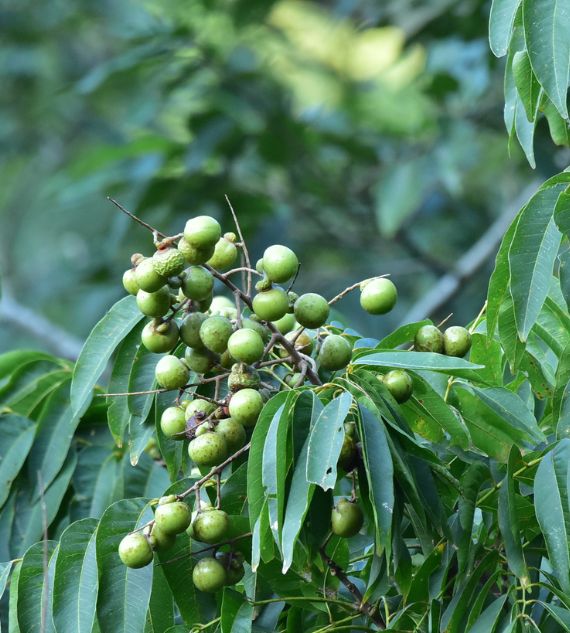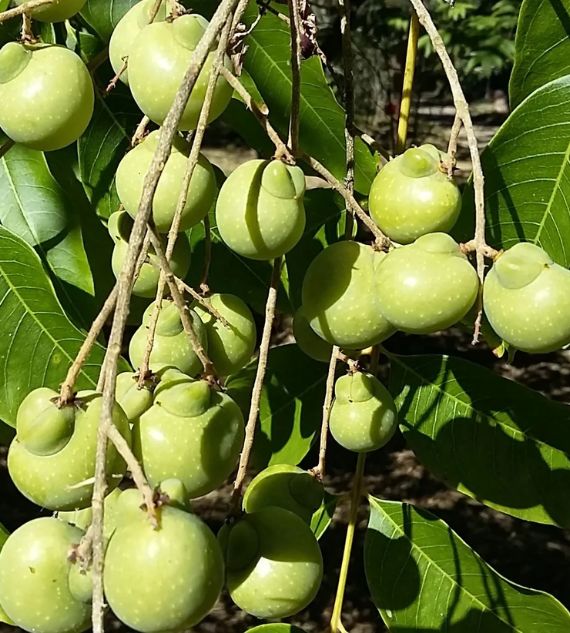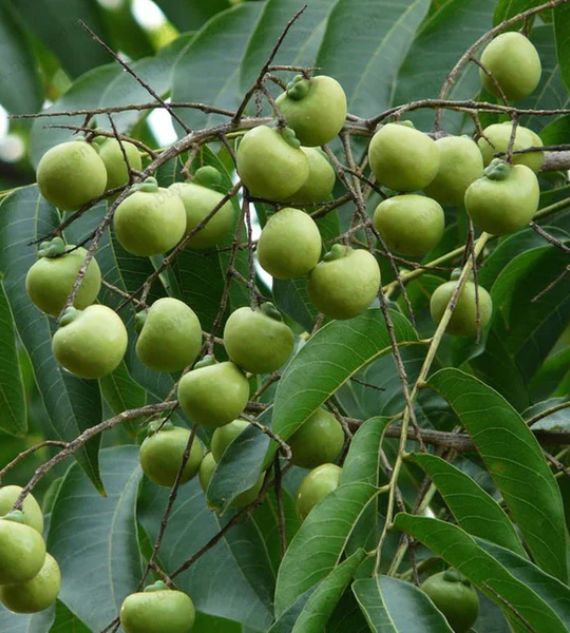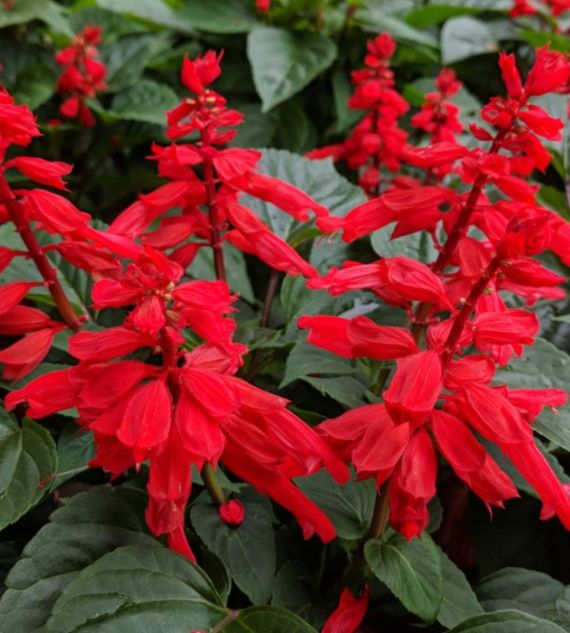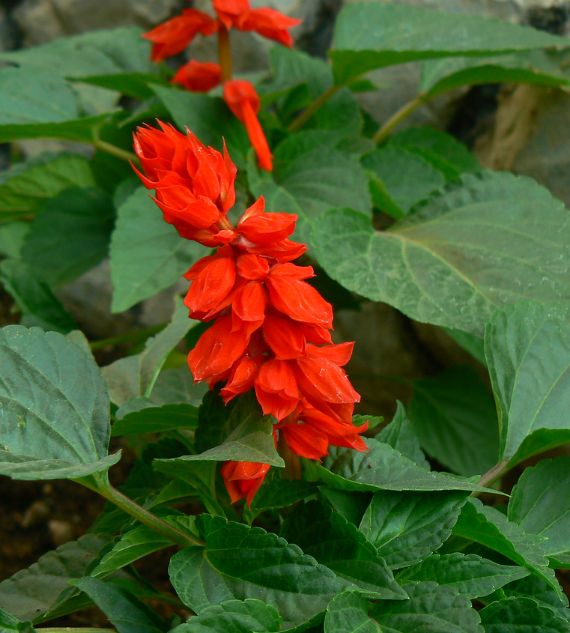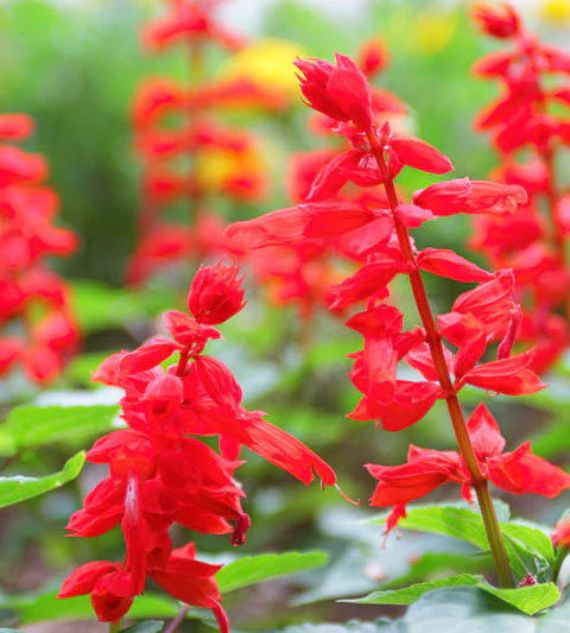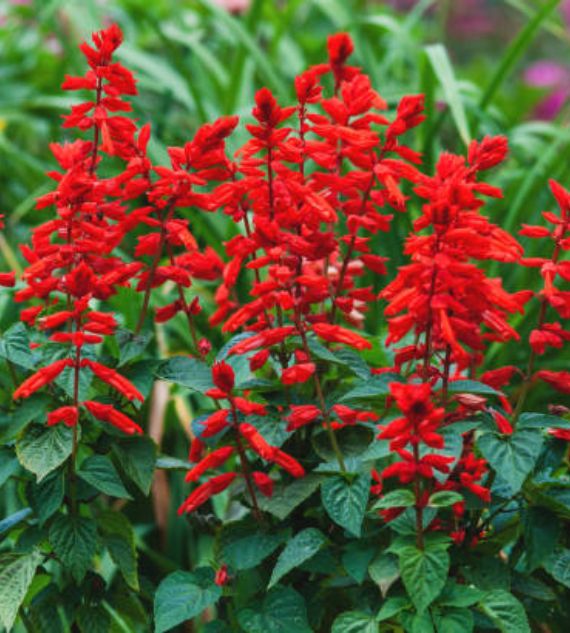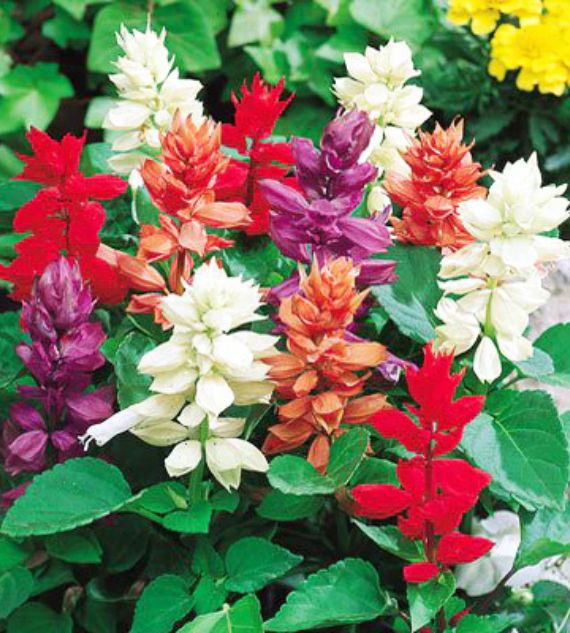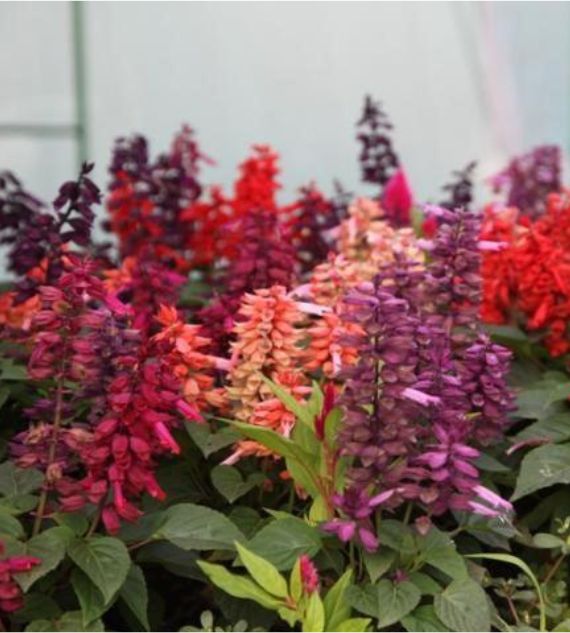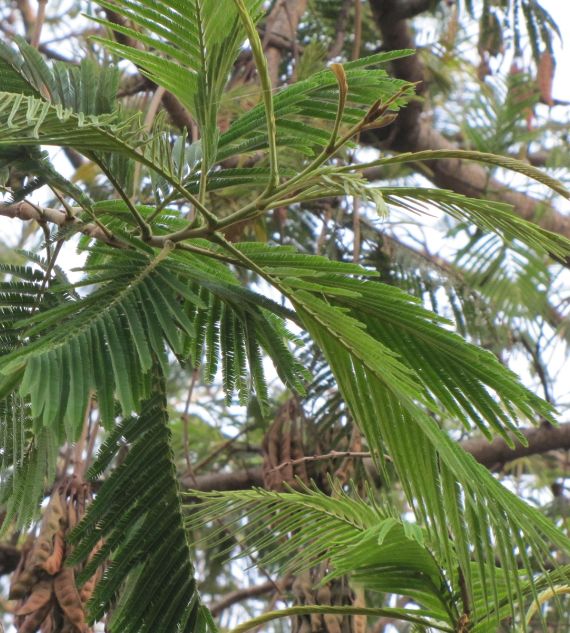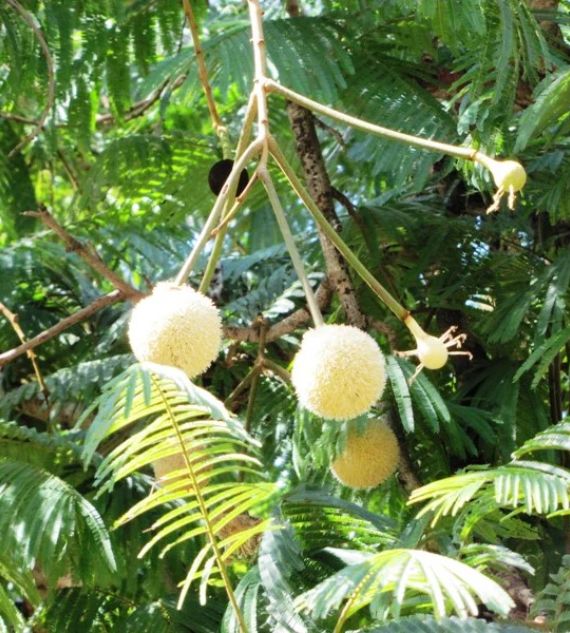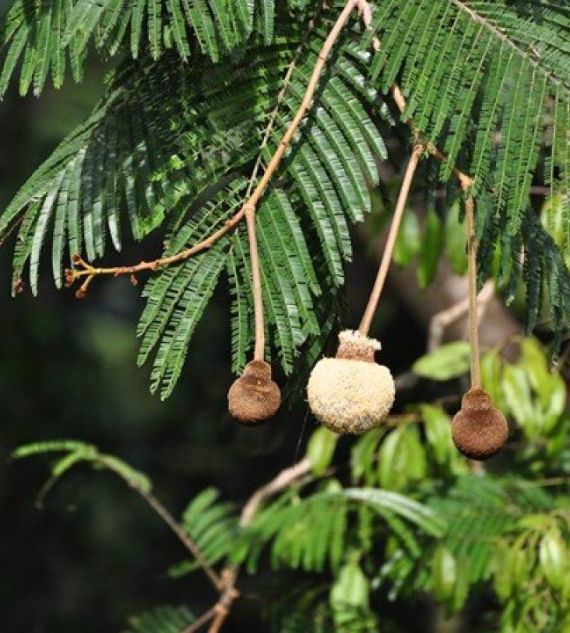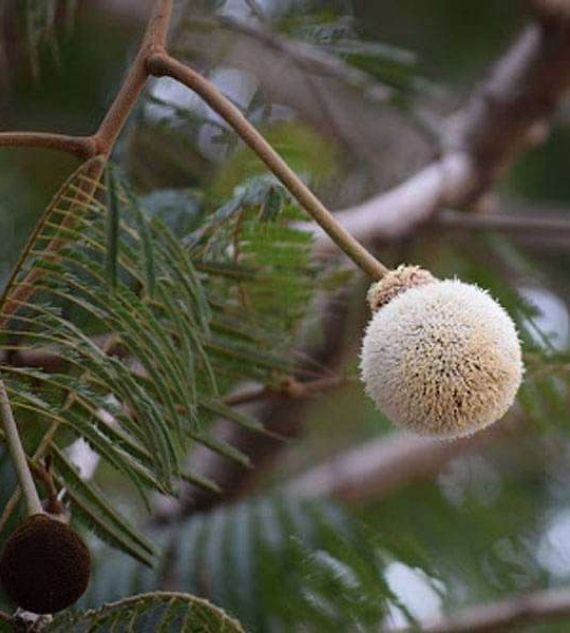-
-
Call: +971 50 861 1504
-
Email: mhpinternational11@gmail.com
Medicinal Plants
High Quality Medicinal Plants
Medicinal Plants
Medicinal plants are natural sources of healing compounds used in traditional and modern medicine to treat various illnesses. They contain bioactive ingredients that can promote health, relieve symptoms, and support bodily functions.
Tecoma stans, Stenolobium stans,Yellow Bells, Yellow Elder
Tecoma stans, also known as Yellow Bells or Yellow Elder, is an ornamental shrub with bright yellow, trumpet-shaped flowers. It is used traditionally to help manage blood sugar and digestive issues. The plant thrives in warm, sunny climates.
Solanum nigrum,Black Night Shade, Makoy, Deadly Nightshade, Garden Nightshade, Kakamachi.
Solanum nigrum, also known as Black Nightshade or Makoy, is a medicinal plant used to treat liver disorders, inflammation, and skin issues. Its leaves and berries are used in traditional remedies in controlled doses. Some parts of the plant can be toxic if not prepared properly.
Sapindus Mukorossi and Ritha Soapberry Plant
Sapindus mukorossi, commonly known as the Ritha or Soapberry plant, produces fruit rich in natural saponins used as a gentle, eco-friendly cleanser. It is traditionally used for washing hair and clothes. The plant also has antimicrobial and anti-inflammatory properties.

